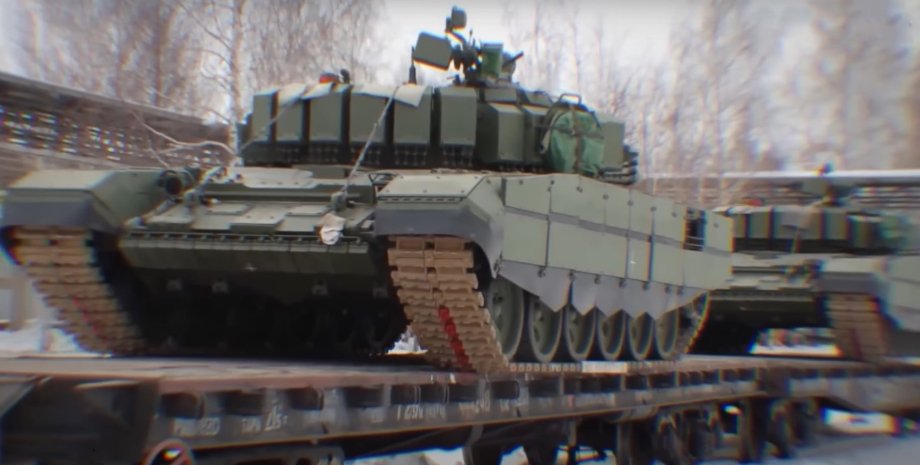
 By Victor Duda
By Victor Duda
In this case, the production capacity from the production of T-72 and T-90 are completely unloaded, but the Kremlin is not enough. Meanwhile, the Russian landfills still have tanks, which have not yet been used on the battlefield. How many Russian tanks had before the beginning of the wars, how much she lost and how much he could produce, investigators of the Radio Liberty portal have found out. The results of the investigation were posted on the portal's YouTube channel.
To find out how many tanks and how many tanks were, investigators used Oryx data and analytical institutes of Britain and France. They also turned to the satellite images of landfills. As a result, it was found out that the Russian Federation removed about half of the tanks during a full -scale war. But several thousand are still waiting for repair and sending to Ukraine.
According to the annual edition of the London International Institute for Strategic Studies The Military Balance in 2022 of the Russian Federation had 2927 tanks. At the same time, Oryx confirms the loss of 2339 tanks (as of September 28, 2023). How does Russia renew the tank units that suffer losses in Ukraine? The report indicates that the aggressor country has the opportunity to produce new tanks, but still uses those that stored.
Senior Researcher at the Foundation Jamestown Pavel Luzin explained what Russia has the capacity to restore the tank park. According to him, since the beginning of 2000, 150-170 tanks were produced annually (referring to the total new and modernized old ones). Thus, in 12 pre -war years of the Armed Forces of the Russian Federation received from 1800 to 2040 armored vehicles. With the beginning of the invasion, the issue has increased to 200 pieces of equipment per year.
Of these, 30 are completely new tanks, 150 are upgraded. "Without accurate factory statistics, it is difficult to look. But now they say - again 200 pieces a year [release]," the expert explained. As for the number of storage tanks, The Military Balance indicated that in 2022, the Russian Federation had 10200 tanks for storage. Of these, T-72-7000 pcs. , T-80-3000 pcs, T-90-200 pcs. There was no T-62 and T-55.
In 2023, The Military Balance stated that 5,000 T-62-T-90 tanks were stored in the Russian Federation. Another analytical institution-Institute Action Resilience-As of August 2023, 5538 tanks were counted: T-54/T-55-413 pcs. pc. , H. T. - 1191 pcs. To understand what is happening in Russian tanks storage, the investigators viewed satellite photos.
In particular, they received two photographs of the landfill 2544 of the central base of the reserve of the Tanks of the Ministry of Defense of the Russian Federation in the Krasnoyarsk Territory. The distance from the landfill to Ukraine is 3 thousand km. The image of September 10, 2022 included 513 tanks, of which 200 were assigned to disposed of (they were marked with a red square). In the image of September 10, 2023, the tanks designed for disposal were hidden by clouds.
Therefore, it is not clear what happened to them. However, it is noticeable that the number of tanks that stood on the neighboring sites has changed. It is indicated that they were tanks that needed easy repair. The data from the satellite confirms that landfills, where old Soviet tanks are stored, are gradually empty, indicated by investigators. That is, the Kremlin, having the opportunity to produce new tanks, repairs old ones and sends them to the front in Ukraine.










All rights reserved IN-Ukraine.info - 2022